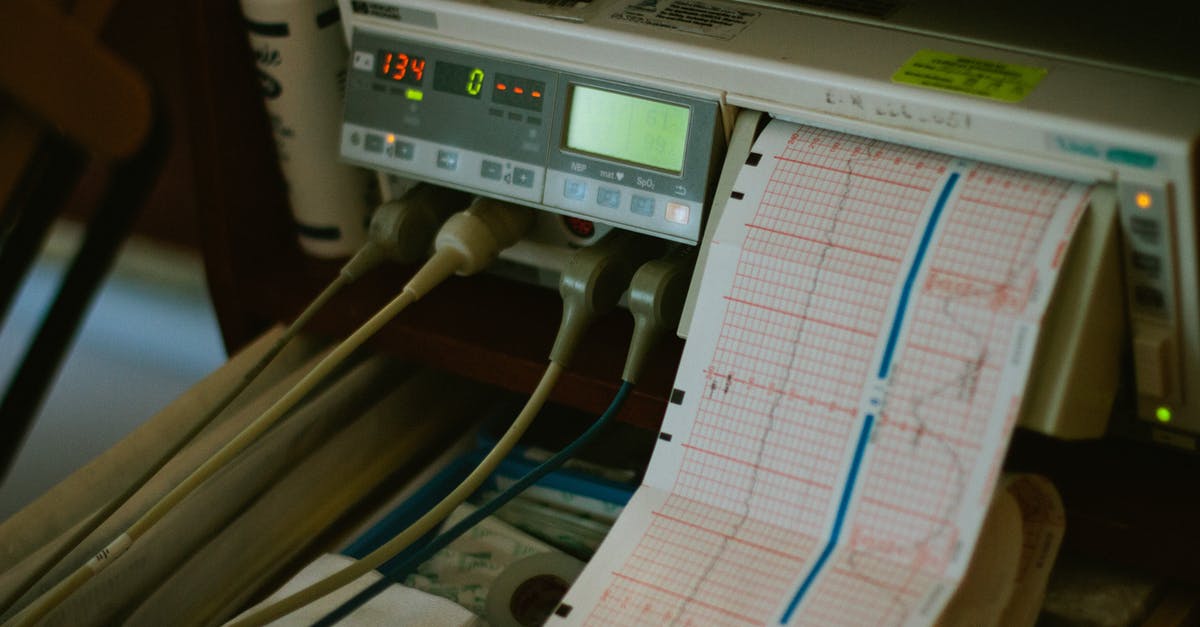Scientific results on which oils to use for pan-frying

I am trying to find out which oils are suitable for pan-frying at high temperatures (when frying steaks or pancakes where smoke points are typically reached). Since there seems to be no agreement and a lot of false information about this in non-scientific sources, I want to consider scientific sources only.
I am more interested in home use, i.e., short pan-frying with little oil (no deep-frying) at higher temperatures (around 200 °C), so many papers researching commercial deep-frying applications (below 180 °C but heated/reheated for multiply hours) seem to be less relevant to me.
So far, I have found two sources that seem to be very relevant to me. Unfortunately, they come to very different conclusions.
In [1], different oils were slowly heated to 205 °C and then retained at this heat for another hour. They used Raman spectroscopy to analyze samples before, after, and at specific temperatures in between.
They concluded that sunflower and canola oils present high thermal stability and are therefore recommended for frying.
Coconut and olive oils showed significant degradation starting at 165-175 °C.
In [2] however, olive oil is recommended for frying because “when different oils were compared, olive oil was considered to be the most stable liquid fat” (p. 665). One source for this is another study of one of the authors [3] where sunflower and olive oils were heated to 180 °C for 5-10 hours. There, sunflower oil showed significantly greater degradation than olive oil (if I interpret the results correctly).
What is the current state of research on this topic? Is this a well researched topic and I just couldn't find the majority of relevant sources? If not, is there a proper conclusion summarizing these two studies? Is [2] less relevant to me because they don't use the high heat that occurs in pan-frying? Is the more recent study [1] more relevant because it uses modern techniques to analyze the oils?
Refs:
[1] Alvarenga, B.R., Xavier, F.A.N., Soares, F.L.F. et al. Thermal Stability Assessment of Vegetable Oils by Raman Spectroscopy and Chemometrics. Food Anal. Methods 11, 1969–1976 (2018). https://doi.org/10.1007/s12161-018-1160-y
[2] Velasco, Joaquín & Dobarganes, M.. (2002). Oxidative stability of virgin olive oil. European Journal of Lipid Science and Technology. 104. https://doi.org/10.1002/1438-9312(200210)104:9/10%3C661::AID-EJLT661%3E3.0.CO;2-D
[3] Dobarganes, M. C., Marquez-Ruiz, G., & Perez-Camino, M. C. (1993). Thermal stability and frying performance of genetically modified sunflower seed (Helianthus annuus L.) oils. Journal of agricultural and food chemistry, 41(4), 678-681 https://doi.org/10.1021/jf00028a033
Best Answer
I have been in your scientific shoes and I have nothing but woeful news.
Unlike most other sciences (or like most other sciences depending on whether or not you work in the industry), cooking is subject to countless variables. I will count the one's that I know of below in regards to dealing with oils. Anyone else, feel free to add to the list.
- Quality of the oil (whether or not it is entirely comprised of the ingredient it is supposedly made of, cost cutting, unavailability)
- Quality of the cooking vessel (even vs uneven heating, heat retention, heat source to oil quality)
- Heat dissipation from source (electric is slow building, wood is slow building, preburnt coal is immediate, natural gas is immediate)
- Ambient humidity (More humid environments can effect heat point of oils)
- Ambient air pressure (Can affect time to smoke point of oil, permeation of humidity)
- Thermometer quality (When dealing with higher temperature oils, I have had 2 high-cost thermometers measure 30 degrees F apart)
That being said, I would like to see more tables of info (and maybe they exist) but unlike baking where the micrograms of flour to yeast are defined so overtly I can not bother, I have not seen a scientific breakdown of all the variables of oils.
I still work by mom's advice. If its bready and you want to feel good, low temp. If you want crisp and a quick fry, high temp.
Pictures about "Scientific results on which oils to use for pan-frying"



Which oil is healthiest for pan frying?
Oils that contain lower levels of linoleic acid, such as olive and canola oil, are better for frying. Polyunsaturated oils, such as corn, sunflower, and safflower, are best for using in dressings rather than cooking with.What type of oil is best for frying?
So what is the best oil for frying? The answer is simple: If you're frying at home, you'll probably want to use vegetable oil. While vegetable oil is a term that can be applied to any plant-based oil, what we're talking about are the bottles that spell out \u201cvegetable oil\u201d on the label.What oils can you pan fry with?
Other oils you can use for searing are:- Grapeseed oil.
- Peanut oil.
- Vegetable oil.
- Soybean oil.
- Corn oil.
- Canola oil.
- Ghee/clarified butter.
- Extra virgin olive oil (if the flavor makes sense in the recipe)
What is the healthiest oil to cook with?
Oil Essentials: The 5 Healthiest Cooking Oils- Olive Oil. Olive oil is popular for a reason. ...
- Avocado Oil. Avocado oil boasts a lot of the same benefits as extra virgin olive oil, but with a higher smoking point, making it great for sauteing or pan frying. ...
- Coconut Oil. ...
- Sunflower Oil. ...
- Butter.
The Healthiest Oils To Use When Deep Frying
More answers regarding scientific results on which oils to use for pan-frying
Answer 2
Your first reference seems clear enough.
"...The stability of oils presented high correlation with their smoke points. As expected, the more evident spectral changes were observed in the oils that present lower smoke points. The refined oils, which in general present higher smoke points, presented better stability. ..."
The general consensus (see your first reference) is that you should use an oil (or fat) that has the highest smoking point possible for your application.
See Smoke Point wikipedia article. (bold by me)
"... The smoke point of an oil correlates with its level of refinement.[7][8] Many cooking oils have smoke points above standard home cooking temperatures:[9]
- Pan frying (sauté) on stove top heat: 120 °C (248 °F)
- Deep frying: 160–180 °C (320–356 °F)
- Oven baking: Average of 180 °C (356 °F)
..."
You are probably over thinking this.
Sources: Stack Exchange - This article follows the attribution requirements of Stack Exchange and is licensed under CC BY-SA 3.0.
Images: Pixabay, Yan Krukov, Andrea Piacquadio, Pixabay
